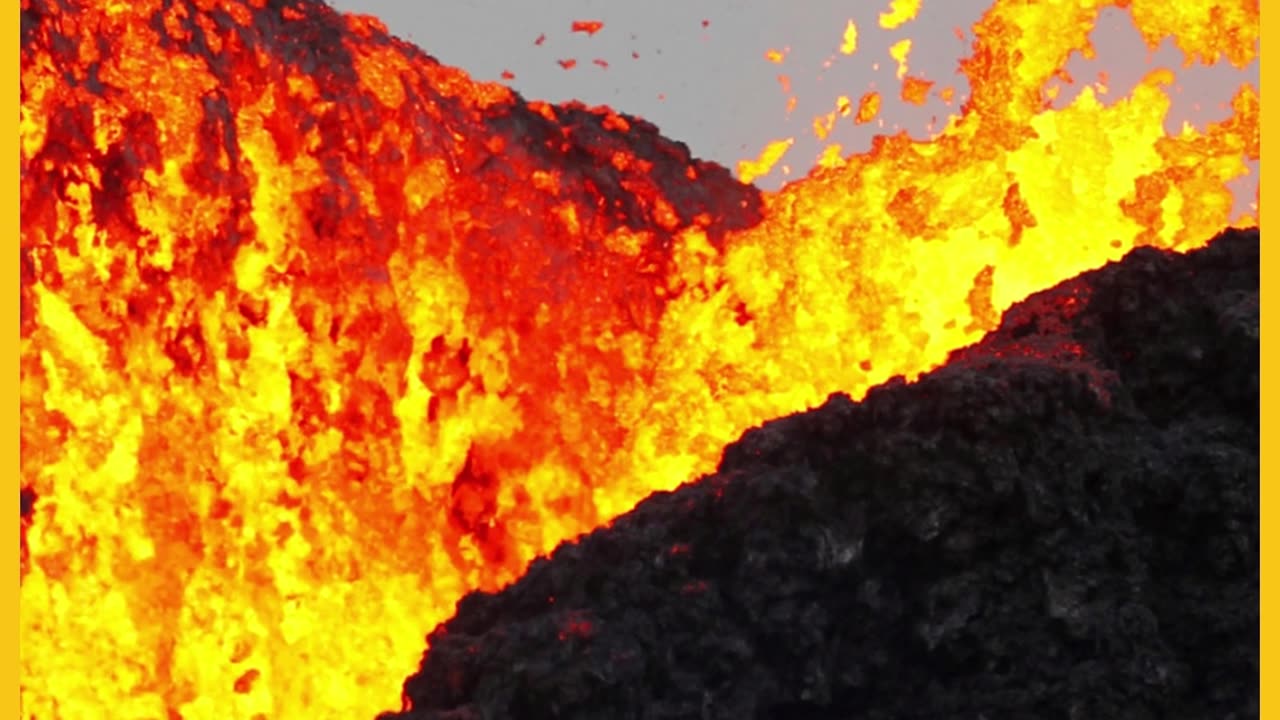Premium Only Content

Where Volcanos come from
Music by Suspenseful Cinematic Sting
View more by SUBMORITY from pixabay and Cool Revenge
Jeremy Blake.
Editor's Note: This article originally appeared in the October 2005 issue of Scientific American.
In May 1972 a worker at a nuclear fuel–processing plant in France noticed something suspicious. He had been conducting a routine analysis of uranium derived from a seemingly ordinary source of ore. As is the case with all natural uranium, the material under study contained three isotopes— that is to say, three forms with differing atomic masses: uranium 238, the most abundant variety; uranium 234, the rarest; and uranium 235, the isotope that is coveted because it can sustain a nuclear chain reaction. Elsewhere in the earth’s crust, on the moon and even in meteorites, uranium 235 atoms make up 0.720 percent of the total. But in these samples, which came from the Oklo deposit in Gabon (a former French colony in west equatorial Africa), uranium 235 constituted just 0.717 percent. That tiny discrepancy was enough to alert French scientists that something strange had happened. Further analyses showed that ore from at least one part of the mine was far short on uranium 235: some 200 kilograms appeared to be missing— enough to make half a dozen or so nuclear bombs.
A volcano is a rupture in the crust of a planetary-mass object, such as Earth, that allows hot lava, volcanic ash, and gases to escape from a magma chamber below the surface. On Earth, volcanoes are most often found where tectonic plates are diverging or converging, and because most of Earth's plate boundaries are underwater, most volcanoes are found underwater. For example, a mid-ocean ridge, such as the Mid-Atlantic Ridge, has volcanoes caused by divergent tectonic plates whereas the Pacific Ring of Fire has volcanoes caused by convergent tectonic plates. Volcanoes can also form where there is stretching and thinning of the crust's plates, such as in the East African Rift and the Wells Gray-Clearwater volcanic field and Rio Grande rift in North America. Volcanism away from plate boundaries has been postulated to arise from upwelling diapirs from the core–mantle boundary, 3,000 kilometers deep within Earth.
-
 LIVE
LIVE
Steven Crowder
1 hour ago🔴 Deport Them All: Trump Takes Fight to Leftist Chicago & Portland Over Attacks on ICE
50,594 watching -
 LIVE
LIVE
The Rubin Report
23 minutes agoBill Maher’s Crowd Stunned as Van Jones Gives a Brutal Message to Liberal Media
1,304 watching -

VINCE
2 hours agoDomestic Terrorism Is Spreading, And Fast | Episode 140 - 10/06/25
52.4K71 -
 LIVE
LIVE
LFA TV
15 hours agoLIVE & BREAKING NEWS! | MONDAY 10/6/25
3,426 watching -
 LIVE
LIVE
Bannons War Room
7 months agoWarRoom Live
12,584 watching -
 40:58
40:58
Clownfish TV
4 hours agoHollywood is BROKE and JOBLESS?! Animation Most Affected! | Clownfish TV
9003 -
 LIVE
LIVE
Benny Johnson
1 hour agoTrump Deploys National Guard to Chicago as Democrat Leader Caught CALLING For Murder of Republicans
5,437 watching -
 LIVE
LIVE
Caleb Hammer
11 hours ago$300,000 Of Debt To "Flee Trump’s America" | Financial Audit
67 watching -
 LIVE
LIVE
The Big Mig™
2 hours agoNow We Know Why They Raided Mar A Lago!
160 watching -
 LIVE
LIVE
Badlands Media
5 hours agoBadlands Daily: October 6, 2025
4,140 watching
